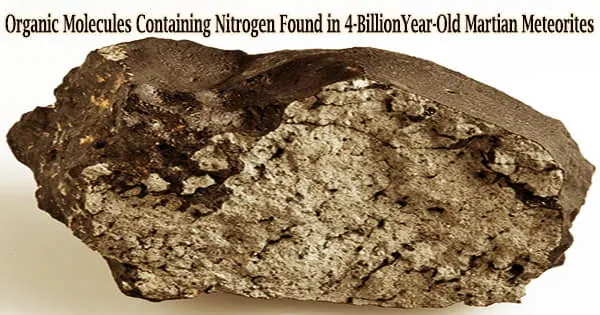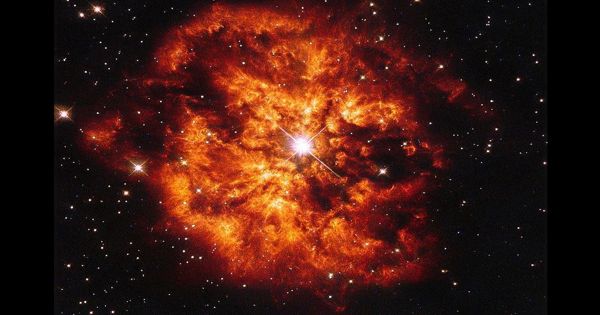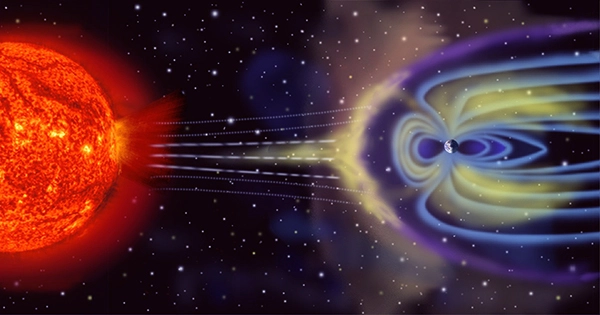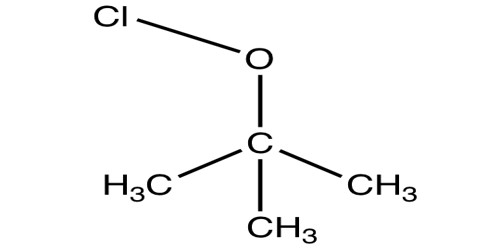HD 34445 is a star in the equatorial constellation of Orion with multiple exoplanetary companions. It is not part of the Orion constellation outline, but it is within the constellation’s boundaries. It is thought to have at least six Extrasolar Planets in orbit around the star. It is a 7th magnitude star with an apparent visual magnitude of 7.31 that is too dim to be seen with the naked eye.
According to Hipparcos, the star has an estimated age of 8.60 billion years but could be as young as 7.60 to 9.60. Based on parallax measurements, the system is 150.5 light-years from the Sun, but it is moving closer with a high radial velocity of – 79 km/s. It is expected to draw as close as 57.5 light-years in ~492,000 years. Using the most recent figures given by the 2007 Hipparcos data, HD 34445 distance from Earth is 151.56 light-years.
This is a regular G-type main-sequence star with the stellar classification G0 V, indicating that it is a Sun-like star that generates energy through core hydrogen fusion. It is classified as a metal-rich star, with a much higher metallicity than the Sun. Despite this, it is an older star with a chromospheric quietness of about 0.8 magnitudes above the main sequence. This star is bigger, hotter, brighter, and heavier than the Sun. It is spinning at a projected rotational velocity of ~3 km/s, with a rotation period of approximately 22 days.
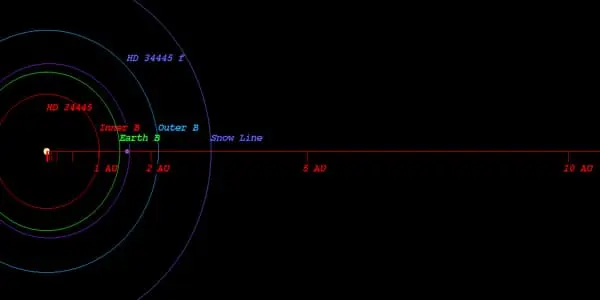
Planetary companions
The presence of a gas giant in orbit around the star was discovered in 2004, but it was not confirmed until 2009. Five new planets were discovered in 2017 alone. All of them have minimum masses that are significantly greater than Earth’s, ranging from 16.8 MEarth to 200.0 MEarth. The metallicity of the star is 0.140000, which is the fraction of the star that is not made up of Hydrogen (X) or helium (Y). The system appears to be dynamically stable in its current configuration. HD 34445’s color and type are both yellow, based on the star’s spectral type of G0. Based on the spectral type, we can deduce that the star’s surface temperature is between 5,000 and 6,000 K, according to Harvard University’s notes.
The apparent magnitude of HD 34445 is 7.31, which is a measure of the star’s brightness as seen from Earth. Only HD 34445 b was confirmed as a planet in a 2021 study. HD 34445 e was discovered to be an artifact of stellar rotation, HD 34445 c & d were also discovered to be false positives, and HD 34445 f was not detected. The radius of HD 34445 has been calculated to be 1.47 times that of the Sun. The radius of the Sun is 695,800km, so the radius of the star is estimated to be 1,022,529.20km.


